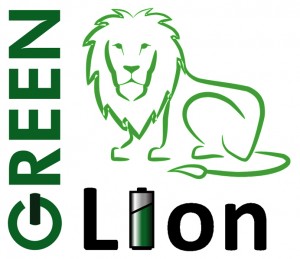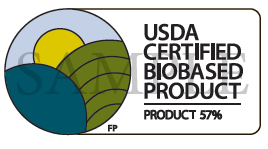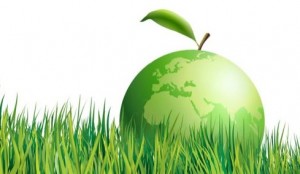 GREENLION is a Large Scale Collaborative Project within the FP7 leading to the manufacturing of greener and cheaper Li-Ion batteries for electric vehicle applications via the use of water soluble, fluorine-free, high thermally stable binders, which would eliminate the use of VOCs and reduce the cell assembly cost.
GREENLION is a Large Scale Collaborative Project within the FP7 leading to the manufacturing of greener and cheaper Li-Ion batteries for electric vehicle applications via the use of water soluble, fluorine-free, high thermally stable binders, which would eliminate the use of VOCs and reduce the cell assembly cost.
Objectives
- NEW MATERIALS
Development of new active and inactive battery materials viable for water processing
- INNOVATIVE ELECTRODE PROCESS
Innovative process leading to reduced electrode production cost and avoid environmental pollution
- NEW ASSEMBLY PROCEDURE
Development of new assembly procedures capable of substantially reduce the time and the cost of cell fabrication
- ECO-DESIGN BONDING TECHNIQUES
Lighter battery module with air cooling and easier disassembly through eco-designed bonding techniques
- AUTOMATED MODULE ASSEMBLY
Development of an automated module and battery pack assembly line for increased production output and reduced cost
- WASTE REDUCTION
Waste reduction, which by making use of the water solubility of the binder, allows for the extensive recovery of the active and inactive battery materials
To read the first Newsletter of this project: greenlion-newsletter-1
To download the GREENLION leaflet: greenlion-leaflet-2012_original



